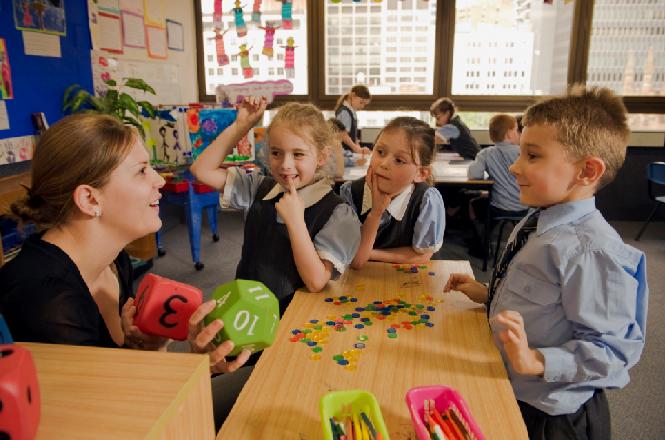Parts of the ‘Contemporary' Mathematics Lesson
|
| |
Before: Activate
|
| |
During: Acquire/Apply
|
| |
After: Connect/Reflect
|
|
Parts of the Contemporary Math Lesson
|
| |
Before: Activate
|
| |
During: Acquire/Apply
|
| |
After: Connect/Reflect
|
|
Parts of the ‘Contemporary' Mathematics Lesson
|
| |
Before: Activate
|
| |
During: Acquire/Apply
|
| |
After: Connect/Reflect
|
|
Parts of the Contemporary Math Lesson
|
| |
Before: Activate
|
| |
During: Acquire/Apply
|
| |
After: Connect/Reflect
|
|
Tomorrow I am going to go to Canadian Tire with my family to buy Christmas lights for our house. Before I go, I have to figure out how many meters of Christmas lights I’ll need to buy in order to frame the front of the house. I have a basic blue print of the house that gives me some measurements. Since the blueprint is old, some of the measurements are missing and the measurements that are provided on the blueprint are in centimeters. I need you to help me figure out how many meters of Christmas lights I need to frame the whole house.
Skittles Inc. is releasing a special tin for their 25th anniversary and has come up with two different tubular tin sizes. They are unsure which tin to use for their anniversary edition BUT they do know they want to use the one that is able to hold the most skittles. You have 2 different tin designs on your table, using your bag of skittles, please help Skittles Inc. decide on which tin design to use.


Problem-based learning goes well beyond these short-term instructional instances or simple questions. It encompasses a rethinking of the entire curriculum so that teachers design whole units around complex, "ill-structured" problematic scenarios that embody the major concepts to be mastered and understood. (Bellanca and Brandt 178)
The single most important principle for improving the teaching of mathematics is to allow the subject of mathematics to be problematic for the students. That is, students solve problems not ot paply mathematics, but to learn new mathematics. (Hiebert et al. cited by Van de Walle 11)